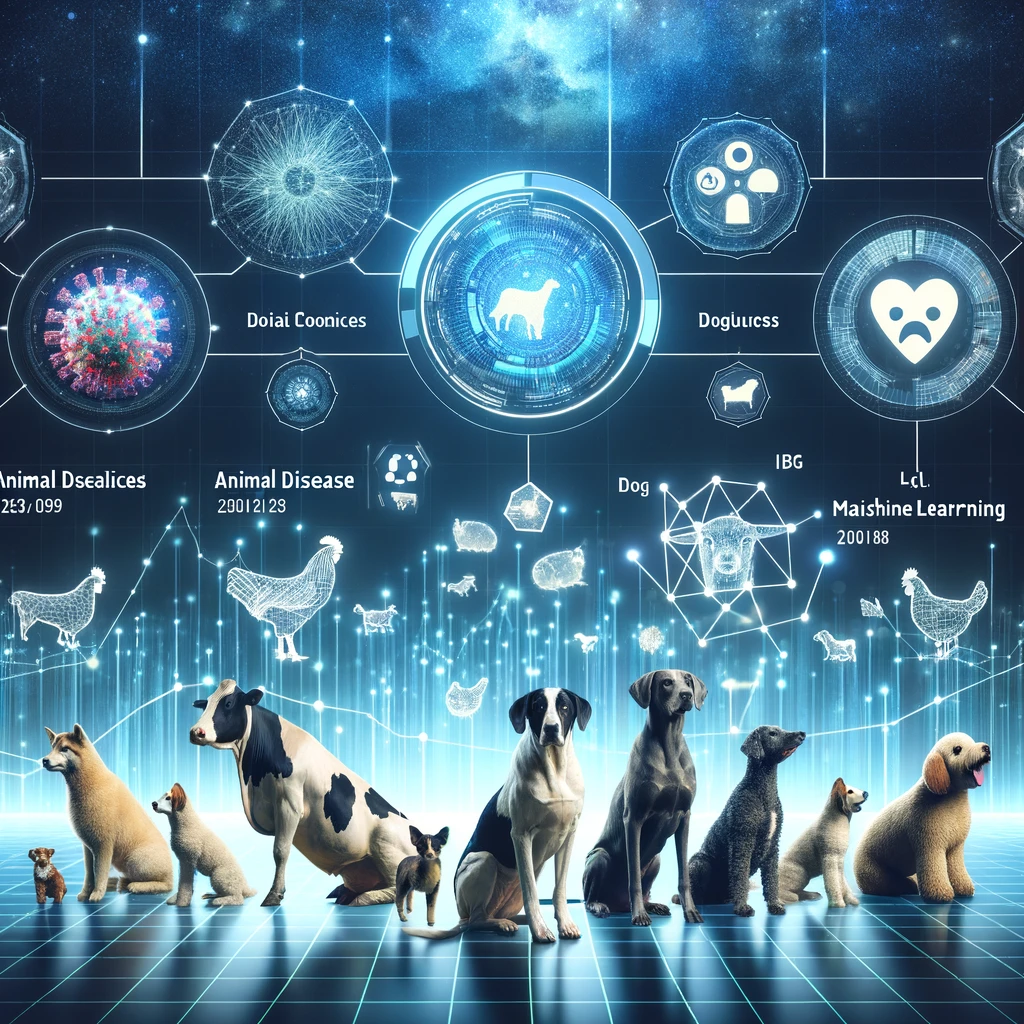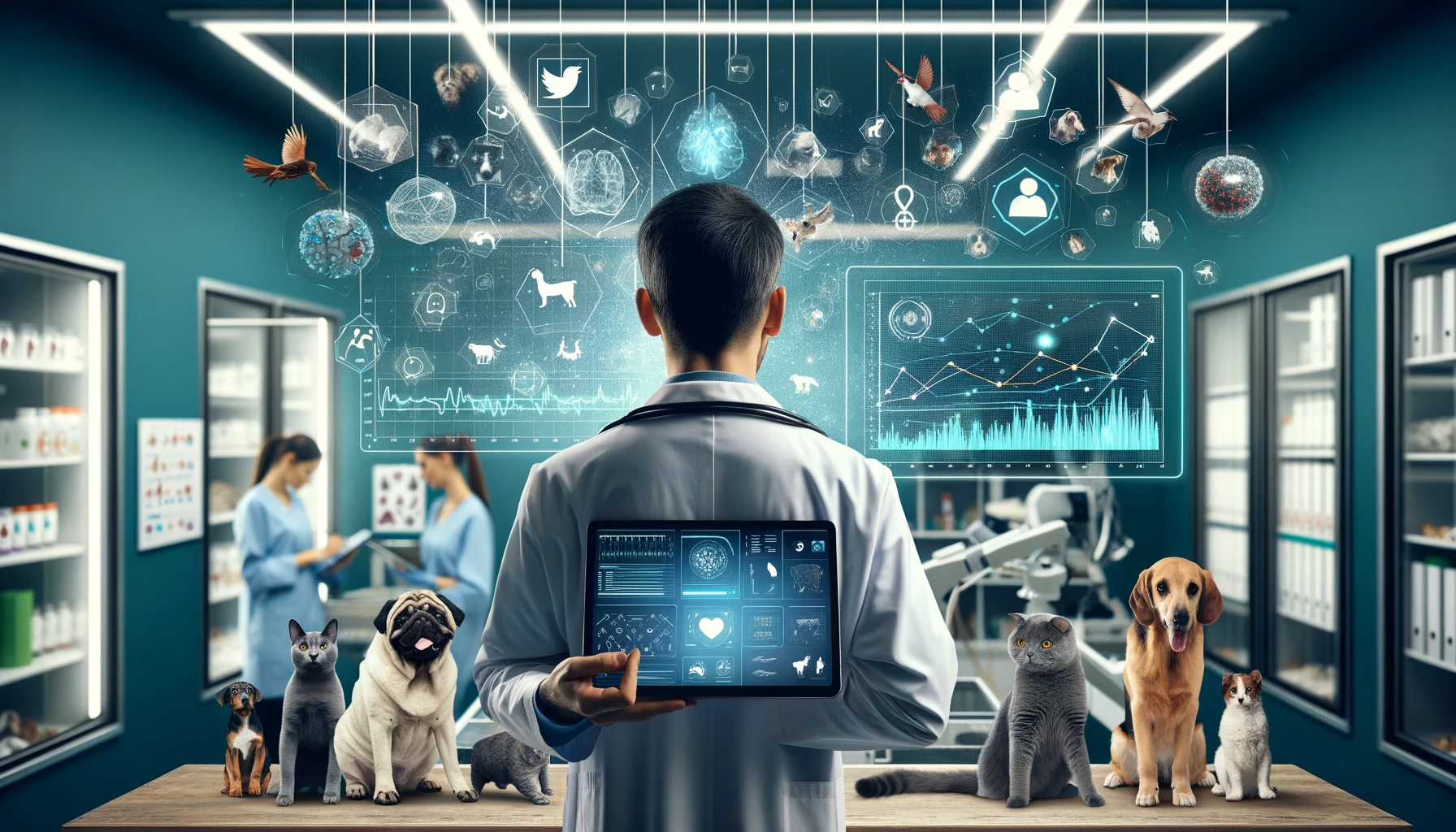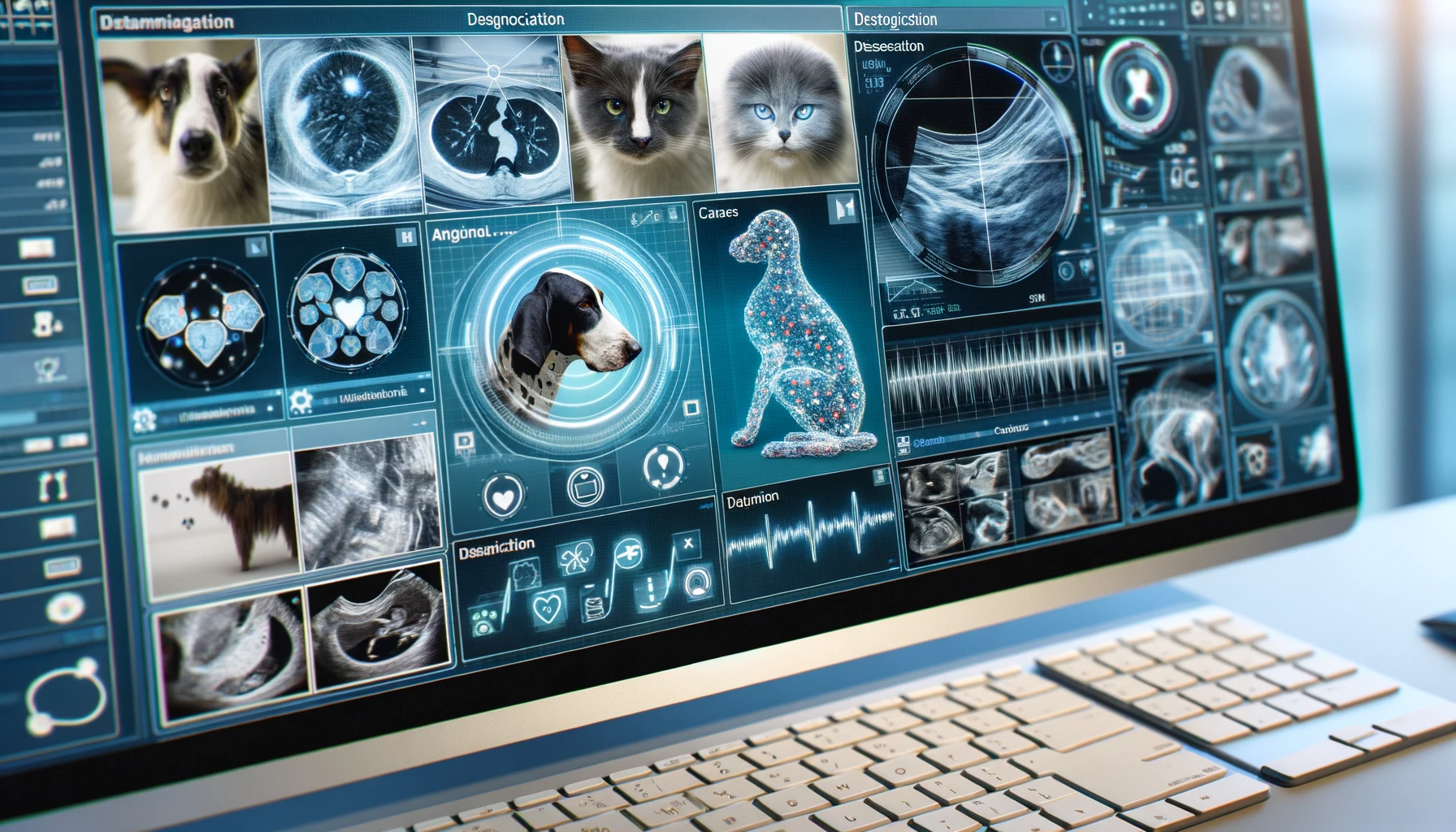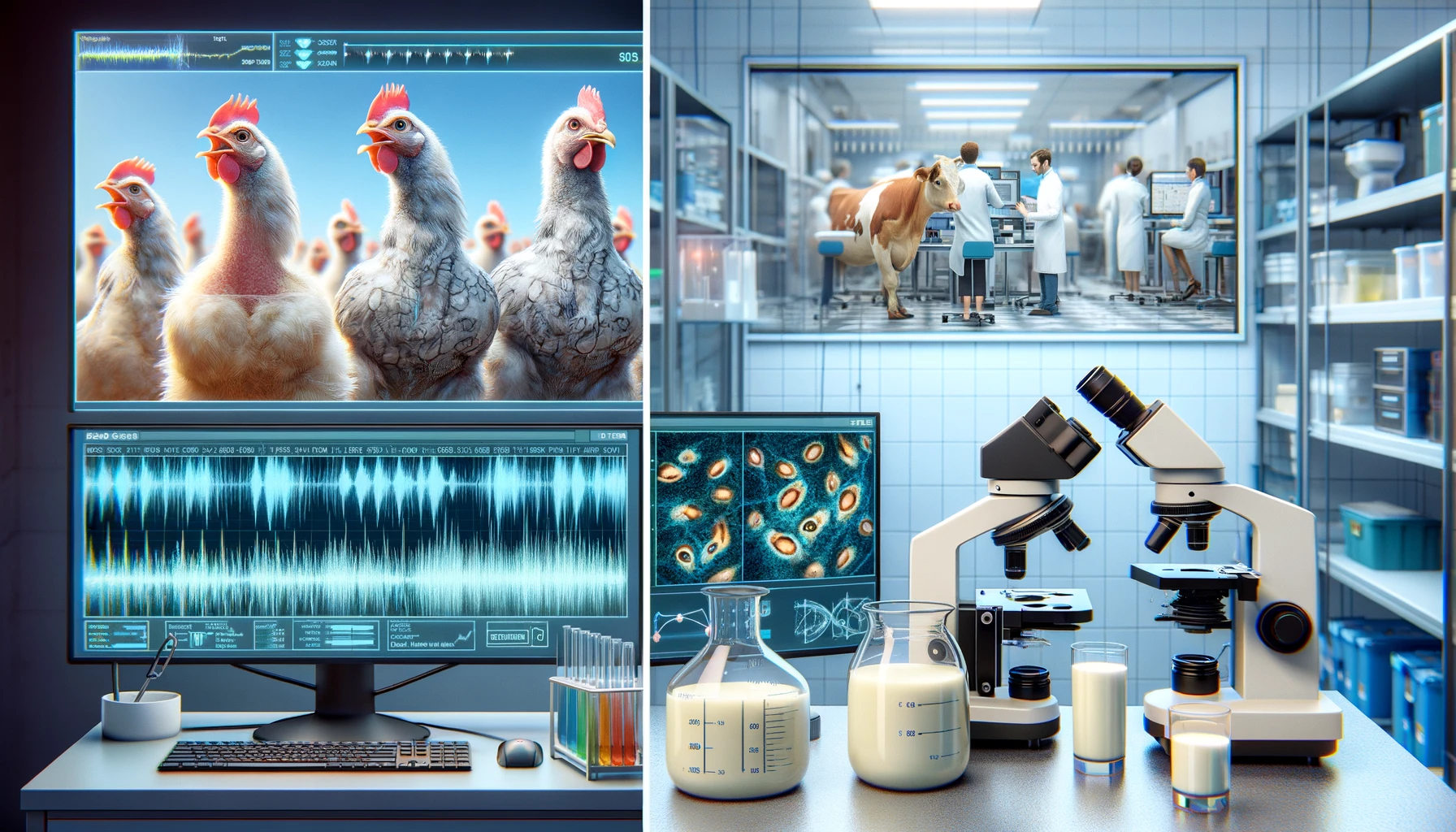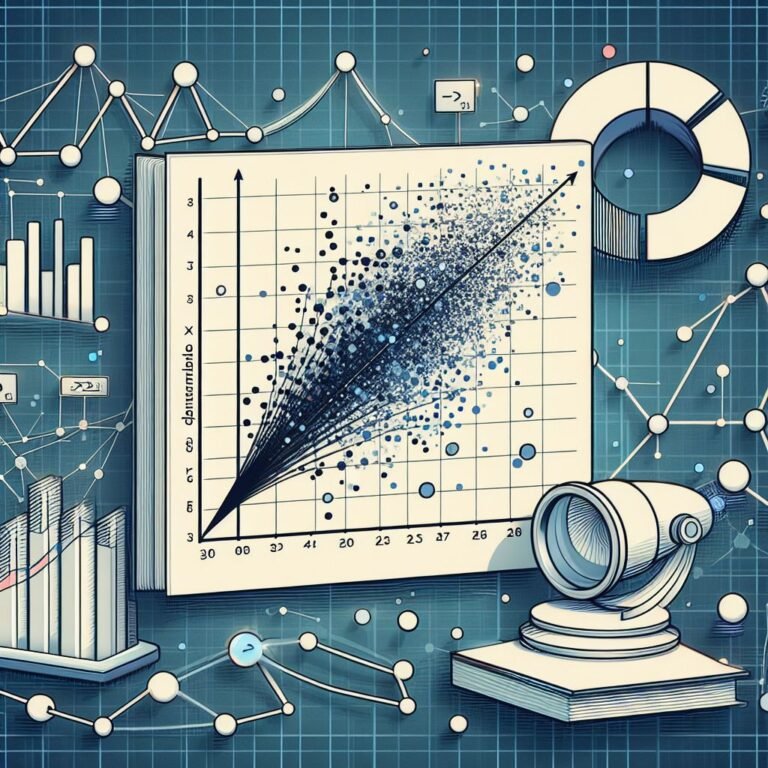Animal Disease Detection Using Machine Learning
In the junction where technology meets life, agriculture and veterinary fields shine as prime examples of innovation. Among the numerous advancements, machine learning (ML) in detecting animal diseases stands out as a beacon of progress. This comprehensive exploration dives deep into how ML is changing the game in veterinary science, breaking down its processes, benefits, and real-world applications in a reader-friendly manner.
Machine Learning
Machine learning, a branch under the vast umbrella of artificial intelligence (AI), empowers computers to learn from and interpret data without direct human input for every decision or prediction. This capability allows ML systems to adapt to new data independently, continually improving their accuracy and effectiveness over time.
The Crucial Role of ML in Animal Disease Detection
A New Dawn in Veterinary Diagnostics
The integration of machine learning into veterinary diagnostics heralds a significant shift. By sifting through extensive datasets, ML algorithms unveil patterns and irregularities indicative of diseases, achieving this feat much sooner than traditional diagnostic methods.
The Journey from Data to Diagnosis
The process of ML-based disease detection unfolds in several pivotal steps:
- Gathering Data: Accumulating comprehensive health records, imagery, and additional pertinent data from animals.
- Preparing Data: Refining and structuring the data to ensure it’s primed for analysis.
- Training the Model: Employing the data to educate ML models to discern disease indicators.
- Validation: Assessing the model with fresh data to gauge its precision.
- Real-World Application: Deploying the trained model to detect diseases actively.
Surpassing Traditional Methods
Machine learning brings to the table unparalleled speed, accuracy, and the capability for early disease detection, transcending the limitations of conventional approaches.
Delving into ML Techniques in Veterinary Science
ML presents a diverse toolbox for tackling disease detection, with each technique suited for different challenges:
- Supervised Learning: Ideal for diagnosing known diseases, this method relies on pre-labeled data.
- Unsupervised Learning: This technique shines in identifying novel disease patterns within unlabeled data.
- Reinforcement Learning: It excels in refining detection methods through a trial-and-error approach, learning from past outcomes.
Case Studies: ML at Work
Real-world applications underscore ML’s potential:
- Combatting Avian Influenza: Researchers developed ML algorithms capable of detecting avian influenza in chickens by analyzing their vocalizations, demonstrating an innovative approach to early disease identification.
- Mastitis Detection in Dairy Cows: Through image analysis of milk samples, ML algorithms have successfully identified early signs of mastitis, a prevalent and costly disease affecting dairy cows.
Implementation Blueprint
Adopting ML for disease detection involves a series of strategic steps:
- Objective Setting: Define the specific diseases or conditions you aim to detect.
- Data Collection: Amass a broad and varied dataset.
- Choosing and Training Models: Select the most suitable ML algorithms and train them with the collected data.
- Fine-Tuning and Evaluation: Test the models against unseen data, making necessary adjustments to enhance performance.
- Integration into Practice: Seamlessly incorporate the ML model into existing diagnostic workflows.
Machine Learning Techniques: A Comparative View
| Technique | Advantages | Disadvantages |
|---|---|---|
| Supervised Learning | High precision for known diseases | Requires extensive, labeled datasets |
| Unsupervised Learning | Can uncover unknown patterns | Risk of irrelevant findings |
| Reinforcement Learning | Adaptive and self-improving | Complex and resource-intensive |
FAQs: Navigating ML in Veterinary Medicine
Q:Can ML Take Over Veterinary Roles?
A: Machine learning is designed to augment, not replace, veterinarians by providing them with sophisticated tools and insights to make more informed decisions.
Q: Is Implementing ML Costly?
A: While initial implementation can be substantial, the long-term benefits, such as enhanced diagnostic accuracy and efficiency, often offset these costs.
Q:Starting with ML: Where to Begin?
A: Consult ML experts, explore partnerships with tech providers or academia, and begin with pilot projects to gauge the technology’s impact and utility in your practice.
Q: Looking Ahead: The Future of ML in Animal Health
A: As machine learning continues to evolve, its applications in veterinary science are expected to expand, offering even more sophisticated tools for disease detection and prevention. Challenges such as data privacy, ethical use of AI, and ensuring the technology remains accessible to all veterinary practices will need to be addressed. However, the potential for ML to significantly improve animal health care and outcomes is immense.
Ethical Considerations
As we integrate ML into animal health, ethical considerations around data privacy, animal welfare, and the potential for technology to widen disparities in access to veterinary care must be at the forefront of our discussions.
Conclusion
Machine learning is more than a technological fad; it’s a pivotal innovation poised to redefine animal disease detection. By offering speed, accuracy, and the ability to detect diseases at their onset, ML presents a promising avenue for advancements in veterinary diagnostics. While hurdles such as data availability and initial implementation costs exist, the potential benefits for animal health care are undeniable. As we continue to harness this technology, it’s crucial to navigate its ethical implications, ensuring that ML in veterinary science evolves as a force for good, enhancing the welfare of animals worldwide.

